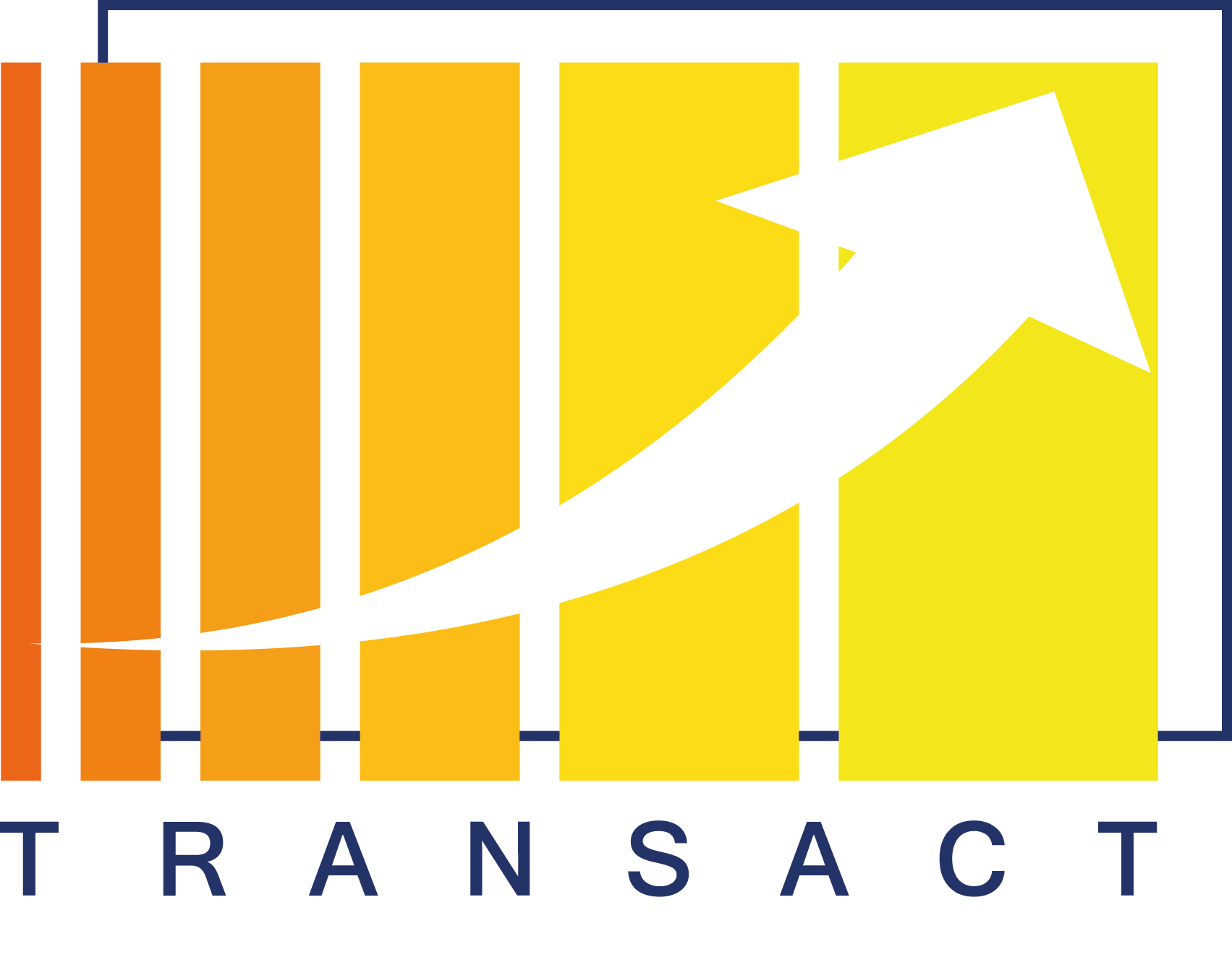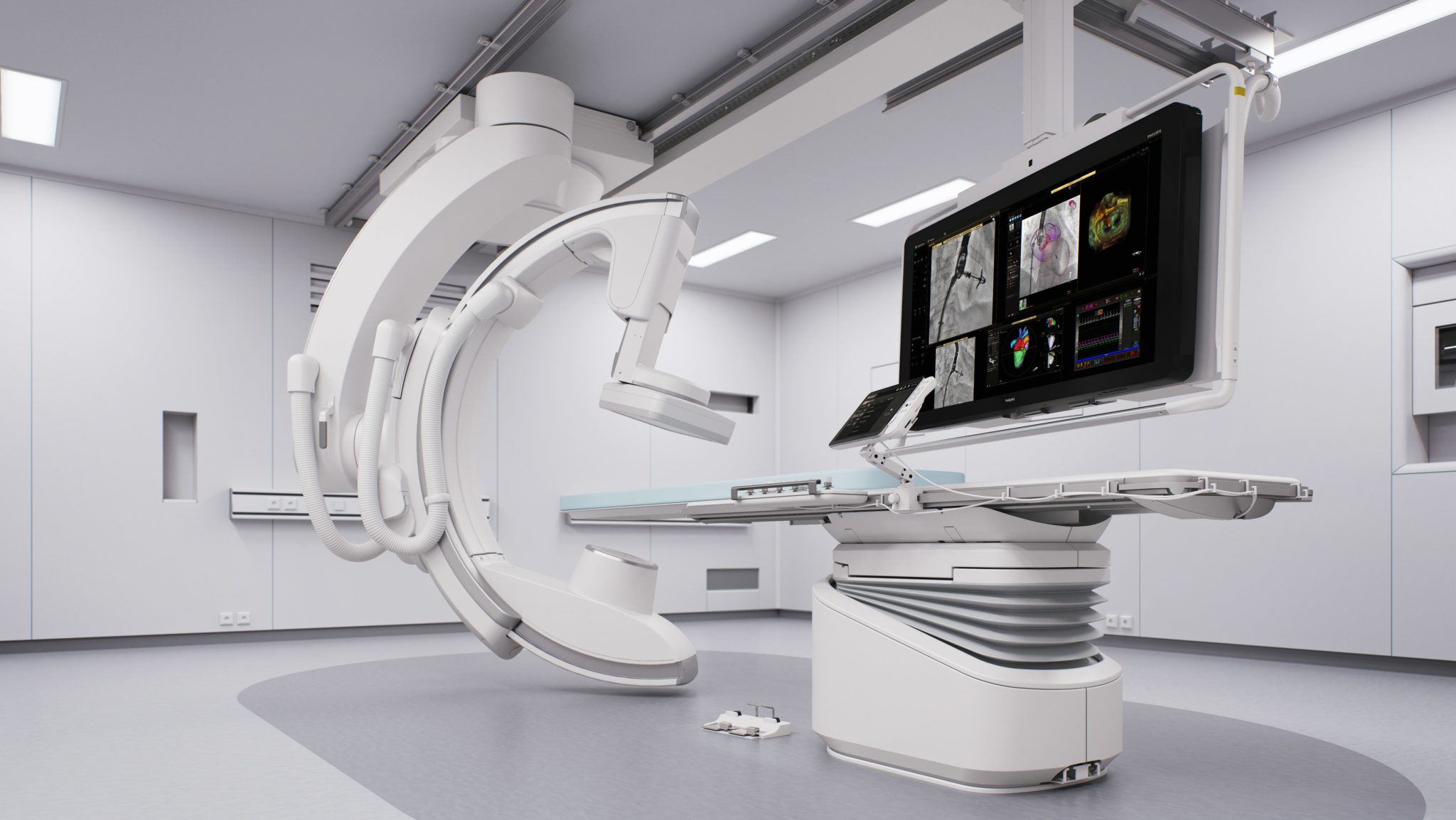The healthcare use case aims at improving the workflow and interoperability in hospitals. In particular, the use case addresses image based minimally invasive clinical procedures which are typically performed in catheter labs (Cathlab) or operating rooms.
Clinical procedures in a Cathlab or operating room are typically very complex and involve a team of healthcare professionals and many specialized devices. In order to deliver optimal treatments, all the collected (multi-modal/multi-source) data should be easily available for sharing and interpretation during examination to the healthcare professionals. However, currently the exchange of information is often hampered by a lack of tools to support efficient collaboration between disciplines.
An X-ray, CT or MR device is a tightly coupled and a closed safety-critical system, that integrates data acquisition, image formation and control. As a result, the current hardware and software architecture is mainly workstation based. The current state of the art, is to deploy safety-critical applications in-device, together with less critical applications dealing with data acquisition, image formation and image interpretation. In order to guarantee the safety requirements, the imaging platforms are overprovisioned to guarantee application responsiveness in cases of sporadic peak loads induced by the mission-critical and compute intensive applications. This leads to an inefficient use of the available resources, which are heavily utilized during and directly after imaging acquisitions, but remain underutilised for the rest of the time. Furthermore, managing the product evolution and introducing new functionalities requires a completely new system release due to the certification requirements.
The TRANSACT Demonstrator
Within the context of this use case, the typical “patient journey” associated with image guided therapy will be considered. This generally consists of three main stages: image based diagnosis, pre-treatment planning, and image guided treatment.

In our demonstrator, the safety critical functionalities will remain embedded in the imaging device (e.g. X-Ray, CT or MR), while the mission-critical functionalities, such as the non-real-time image processing, the offline planning and the intra-operative analysis of data will be deployed outside of the imaging device (i.e. either on the edge or in the cloud).
By migrating part of the system functionalities outside of the imaging device and having the data available in the cloud, we will enable a parallel and remote utilization of a selected number of system functionalities. We will also enable new propositions based on Big Data and AI algorithms capable of optimizing treatment outcomes and hospital performance. Finally, we will enable new business models (e.g. subscription based) and allow seamless integration of 3rd party solutions in the Cathlab. Such approach provides a scalable and future-proof platform which can be easily extended and adapted to changing customer needs.
From a system architecture perspective, the sharing of compute resources will result in much lower cost and footprint. Since the advanced image interpretation functionalities will not be bounded anymore to the device, those can be scheduled independently from the image acquisition and could be potentially implemented as an on-demand service. This additional degree of freedom can be used to further improve workflow and cost in image guided diagnosis and treatment. A dedicated activity within the TRANSACT project will investigate the impact on the clinical workflow and explore the related opportunities.
The specific objectives of this use case are:
- Development and introduction of cloud-based solutions in the image guided therapy procedures and in diagnostic imaging in general.
- Distributed computing solutions, combining mission critical applications with edge and cloud-based planning and intra-operative tools.
- Enabling of easy access and sharing of data within the team and with expert peers.
- Implementation of compute intensive and Deep Learning based algorithms deployed in the edge-cloud solution allowing the flexible use of more powerful computational resources at lower cost.
- Storage of data in the edge-cloud-based solution allowing for easy sharing and enabling data analytics like machine learning to optimize hospital performance and predictive maintenance for imaging systems.
- Development of 3D simulation and visualization applications to present the complex data in an intuitive way to the users.





No responses yet